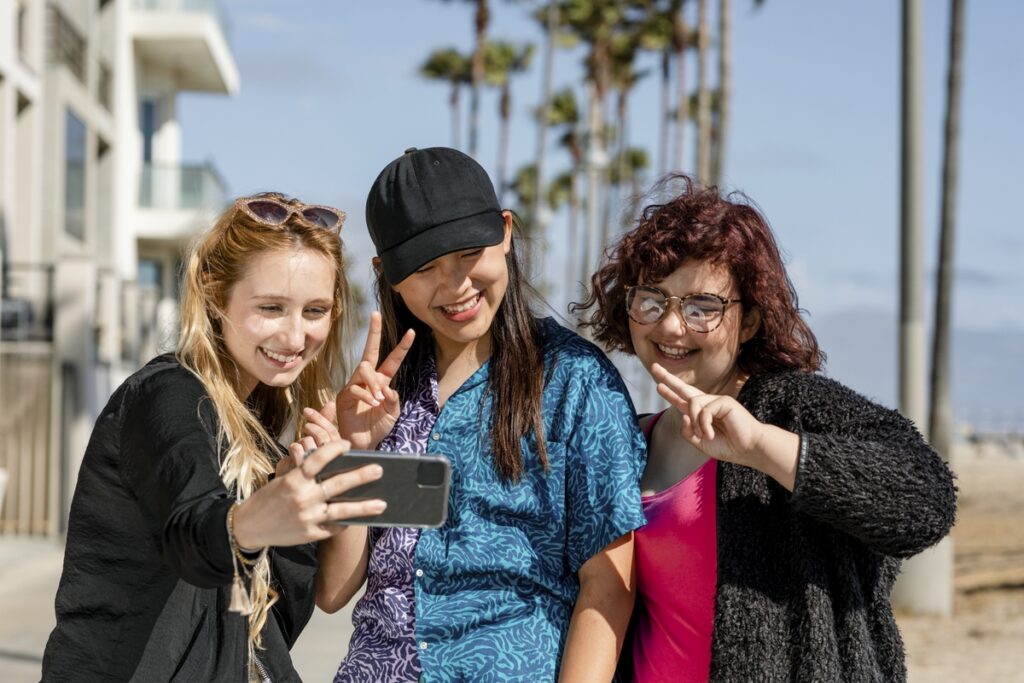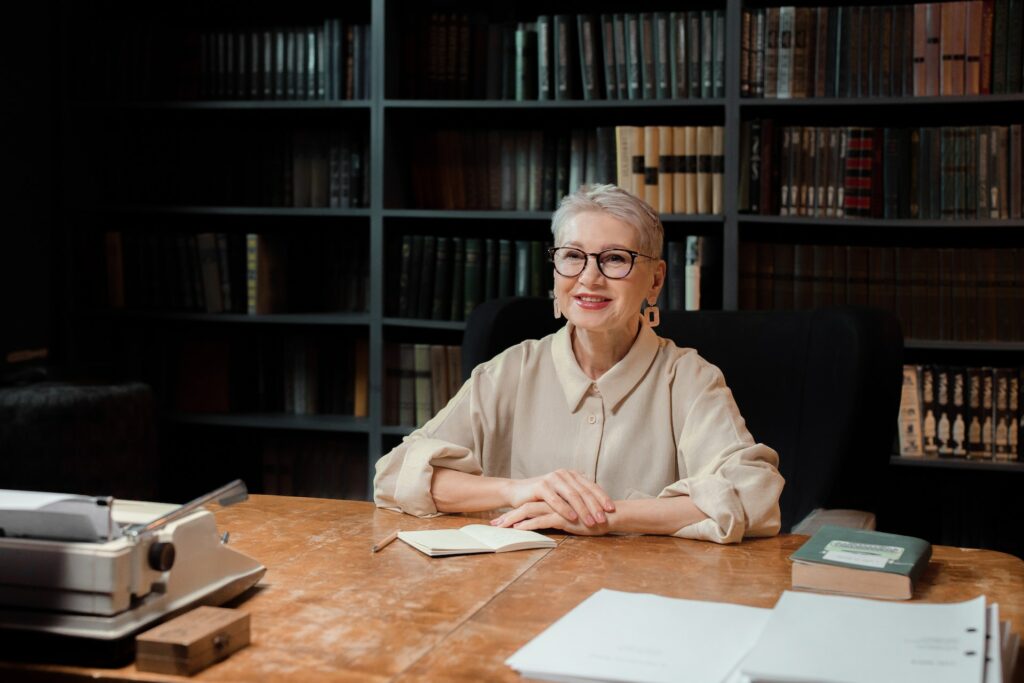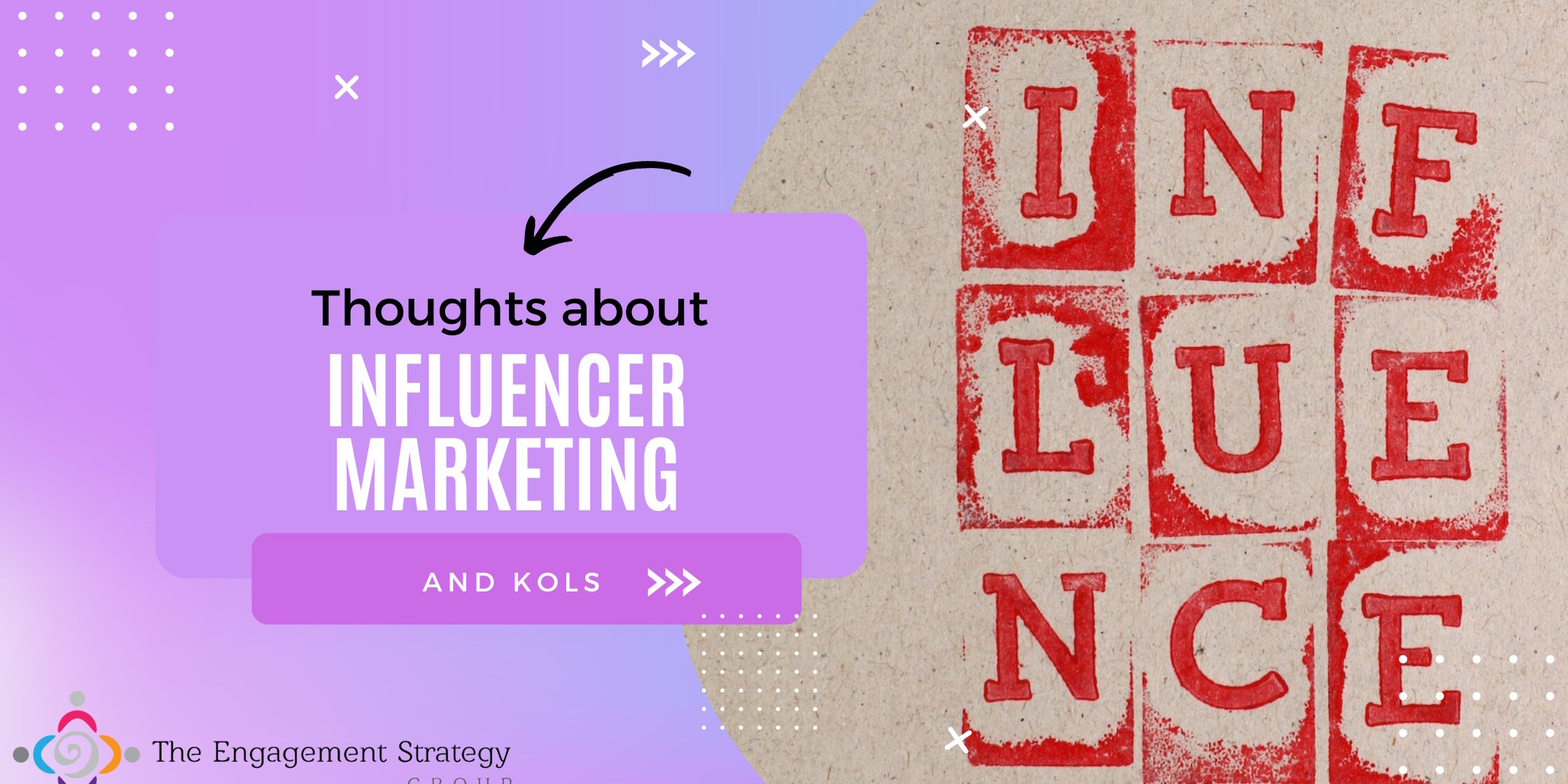I am often asked by clients about “Influencer marketing”. More specifically I am asked whether it is something that they need to do or can do and how’s it’s done. Sometimes, it will appear as a fully formed request, usually after someone else (employee, colleague, family member, friend) tells them that they should do it. So, I thought it is time for a post explaining my take on influencer marketing and a few other things.
Are Influencers the same as KOLs?
First, let’s start with definitions. KOL and influencer are two terms often used interchangeably to describe people who have a large social media following and can influence their audience’s purchasing decisions. However, there are a few differences between the two.
KOL stands for “key opinion leader” and refers to individuals who are recognized as experts or thought leaders in a particular industry or field. KOLs are often sought out for their expertise, insights and opinions. They tend to have a more targeted and niche audience, and they often have a more direct connection to the industry they’re in.
An influencer, on the other hand, is someone who has a significant social media following and can influence their audience’s purchasing decisions. Influencers may not necessarily have expertise or knowledge in a specific industry or field, but they have built a following based on their personality, lifestyle, or the content they create. Influencers can have a broader and more diverse audience, and they can work across multiple industries.
In short, KOLs are more focused on their area of expertise, while influencers are more focused on building a following based on their personality or the content they create. Both KOLs and influencers can be effective in reaching their target audience, but their approach and focus can be different.

My two cents about influence
Note that I said that both KOLs and influencers can be effective in reaching their target audience, but I did not say anything about “influencing”. Because influencers are more focused on building a large following based on their content and personality, they often cater to very general and diverse audiences. If you just go to YouTube and pick any “influencer” in any field, you will see that the larger their audience, the more diverse their content. Makeup artists start making videos about cooking and trying new foods, diet, exercise, moving to a new country, traveling, and packing… they just call it “lifestyle”. But what it means is that their large following of often millions of subscribers is made up of many small clusters of people interested in “makeup” or “food” or “travel”. There’s overlap, of course, because we’re all human and we all want to improve our lives, but what does that say about the real potential of their “influencer”?
Almost 5 years ago I wrote one of my most viral posts ever. It was called: It’s time to address the elephant in the room: Influencers don’t really influence anything or anyone! Needless to say, it triggered a very heated debate online (and still does because not much changed, except now “influencers” have TikTok).
In that post I talked about the difference between “influence” and “thought leadership.” Here is a quote from my post:
“The concept of “thought leadership” is completely different than “influencing” anything or anyone. In fact, I would argue it is the exact opposite. Because while influencers are about follower numbers, thought leaders are about expertise and knowledge.”
Like I said, nothing changed except the platforms.
I also concluded with a recommendation
“You would be better off identifying and working with real thought leaders but what you really need to do is develop your own brand authority and thought leadership.”
In my book, KOLs are thought leaders and trail blazers. These are the people who you should be after, if you really want to establish your brand.

The role of Influencers and KOLs in B2B & B2C marketing
I can already see the wheels turning in the reader’s mind at this point. What if my brand is a B2C one? Wouldn’t I be better off with influencers to help me drive sales?
Well, I have written about that too, 10 years ago in fact. You see, as a community manager and a community-based marketing specialist I have always made it my mission to remind everyone that there is no B2C or B2B, there’s B2P – Business to People. In that post I wrote the following explanation, which I still hold onto today:
“No matter what business or industry you are in, you must be working with people. Your services and products are consumed by humans who need and want them. Your client is always human.
Even if you’re selling to other businesses there is a person, a real human being, at the other end. You never deal with a virtual entity called “The client” or “The client company”, you’re probably dealing with Mr. Smith who buys your products or with Mrs. Jones who is your contact person at the Client Company or business.”
When it comes to influencer marketing or KOLs, the same logic applies. The best example I can give is from the healthcare industry where most companies are what you would consider B2B, because the paying clients are usually not the users of the products and services. So, if you need to sell to a hospital or an HMO, why would you pay for a TikTok or YouTube campaign by an influencer with millions of followers who are not going to be the ones buying your solution? Wouldn’t you be better off with finding the most known clinicians and researchers, recruit them into your team as scientific advisory board or collaborators and use their expertise and thought leadership to influence just the people you need on the boards and in the purchasing departments of those hospitals and HMOs?
That is not to say there is no value at all in “influencer marketing”. If you’re in tourism, fashion, retail or sell something affordable directly to users, you may want to do some influencer marketing. However, even then I would argue that this should not be a large part of your marketing strategy and budget and that you should work with micro and niche influencers rather than pay big bucks just to reach millions of people who are not likely to buy what you are selling.

The bottom line
As long as you understand the difference between KOLs and influencers, and remember that your paying customer is always a human being, you can choose any mix of the two in your marketing strategy. I’m not saying you should stay away from influencers (in some cases you should, depending on what you’re selling, but that’s for another post), but I am saying that, at least in my experience, KOLs will always trump influencers in terms of value for money and results.
Furthermore, I suggest that if you adopt a community-based marketing approach, you will inevitably want to put more emphasis on KOLs because your strategy, your understanding of who your communities are, your storytelling and, by extension, your budget will steer you towards having more impact, delivering more value to your communities and, in turn, getting more value for your brand.





